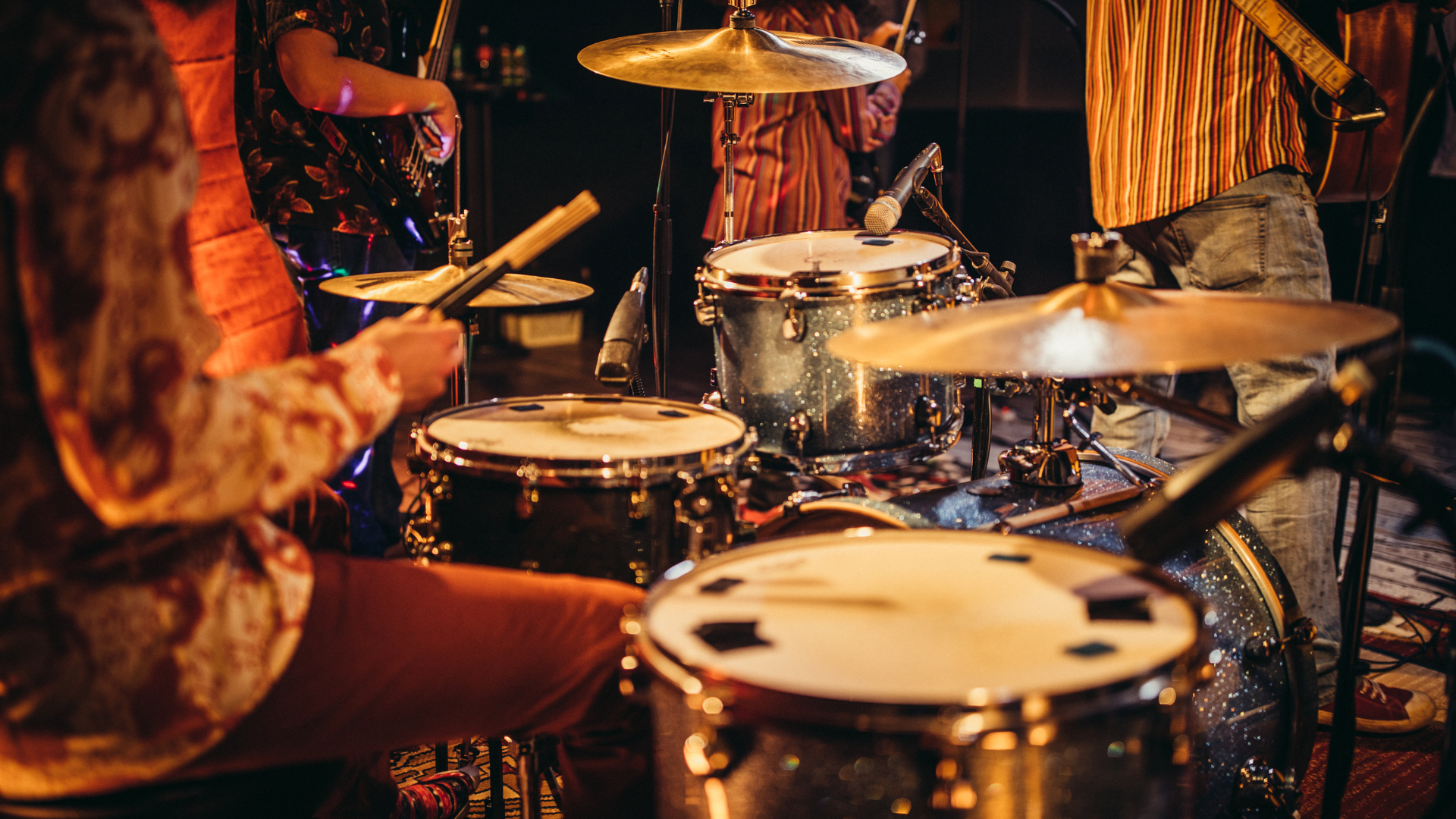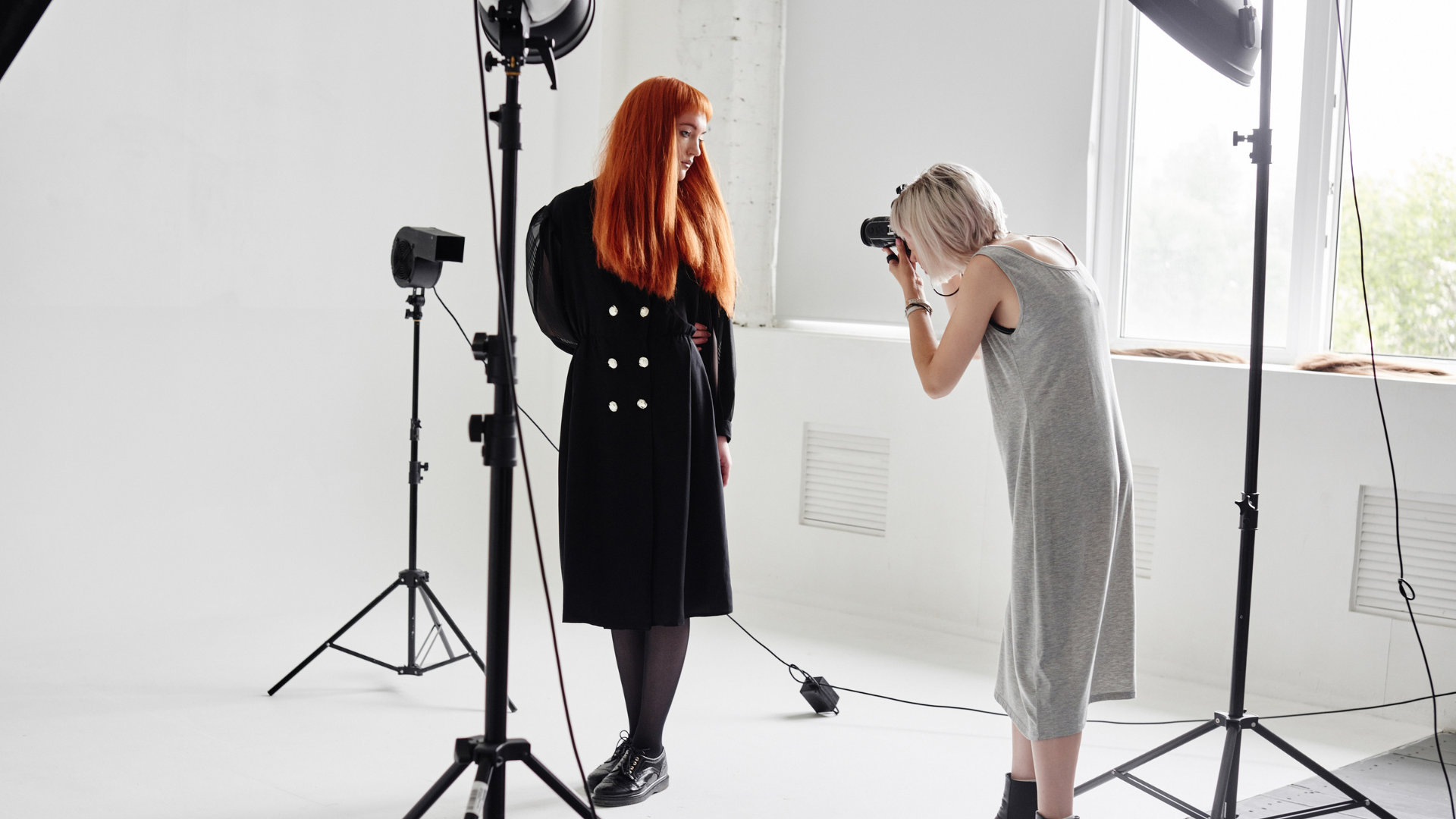Art therapy is a form of treatment that has been around for centuries. Ancient civilizations used art to heal and transform individuals; today, it remains one of the most effective ways to promote mental well-being. From creating beautiful artwork to expressing emotions through colours and shapes, art therapy offers a unique way to explore our inner world while tapping into our creative potential.
It is also a great way to provide therapy for children with autism as it provides a non-verbal means of communication, allowing children with autism to express themselves creatively and explore their thoughts, feelings and experiences through art materials and processes. This can help children and even adults who may struggle with verbal communication to communicate and express themselves in a safe and supportive environment. There are myriad ways in which art therapy can be utilized, not just for autism but also for other mental and psychological disorders, ranging from depression to those that suffer emotional trauma. These art therapies are usually split into multiple facets like painting, sculpting, dance, photography, writing etc. Now, there are cases where multiple forms of therapies are combined in order to help children and adults. One of these is aba therapy (Applied Behavior Analysis). It is a type of therapy that uses positive reinforcement and other techniques to teach new skills and behaviors to individuals, often children with autism spectrum disorder. This can be combined with art therapy in order to ensure that children receive the best possible care.
Now, in the case of adults, art therapy provides a unique and creative outlet to explore and express their thoughts, emotions, and experiences. It promotes relaxation, enhances problem-solving skills and fosters a sense of empowerment and self-confidence. Whether through painting, drawing, sculpture or other artistic mediums, art therapy offers a safe and supportive space for adults to connect with themselves, others and their inner creativity, leading to personal growth, healing and greater overall well-being.
In this blog post, we’ll delve deeper into the healing power of art therapy and discover how it can help us overcome challenges and lead happier lives. So let’s grab our paints or pencils and begin this colorful journey!
Painting Our Way to Peace
Art therapy is a powerful tool that can help heal emotional wounds. Art therapists use various techniques, including drawing, painting, and sculpting, to help individuals explore their feelings and thoughts. This therapy can facilitate healing by allowing individuals to express their emotions and ideas in a safe environment by creating art openly and expressively.
Art therapy effectively treats various conditions, including anxiety disorders, depression, post-traumatic stress disorder (PTSD), and grief. In addition to providing emotional relief, art therapy can also promote self-awareness and confidence. As individuals become more confident in their ability to handle difficult emotions, they may be better equipped to cope with future challenges.
The Brushstroke of Hope
Art therapy is a unique therapeutic modality that effectively treats various mental health issues. Art therapy’s basis is that art can be used as a tool for healing and self-expression, and it has been found to be particularly effective in the treatment of anxiety, depression, post-traumatic stress disorder (PTSD), and substance abuse.
One of the essential aspects of art therapy is its ability to foster positive change. This is because art can be used as an outlet for exploring emotions and feelings and can also help people develop new skills and perspectives. In addition, it can provide individuals with a safe space to express their thoughts and feelings. As a result, art therapy can play an essential role in helping people to recover from emotional trauma and breakthroughs on various psychological levels.
The Intersection of Art and Healing
Art therapy, or “the healing power of art,” is a type of mental health care therapists have used for over 100 years. However, it has transformed in recent years, becoming more integrated into modern medical practices. This integration has led to new ways of understanding and treating mental health conditions, including depression and anxiety.
One way that art therapy is revolutionizing modern medicine is by helping patients better understand their emotions. Traditional psychiatry relies heavily on medication to treat mental illnesses, but research shows this approach is only sometimes practical. Art therapy can help patients explore and express their feelings creatively, leading to improved moods and overall well-being.
Another way that art therapy is revolutionizing modern medicine is by helping patients recover from trauma-many experience traumatic events – such as violence or abuse – leading to anxiety or depression. It can help patients process these events through creativity and expression, which can help them heal emotionally and psychologically.
The Art of Connection
Art therapy provides a unique opportunity for people to connect with others and build social relationships. It can help individuals explore and express their emotions, thoughts, and feelings by providing an outlet for expression and creativity. Additionally, it can help individuals develop communication and problem-solving skills.
One of the most important benefits of art therapy is that it can relieve stress and anxiety. Artworks are often visually stimulating, which can lead to a sense of relaxation. Additionally, individuals can express themselves freely without fearing backlash or judgment by engaging in creative activities such as painting or sculpting. As a result, art therapy can help reduce social isolation and increase feelings of well-being.
Art therapy effectively treats disorders such as depression and PTSD. By providing patients with opportunities to share their thoughts and feelings through artworks, art therapists can help patients better understand their experiences. Additionally, artwork can provide patients with a sense of self-awareness and validation. Through these processes, art therapy may play an essential role in improving the mental health of those with mental illness.
A Palette for Change
Art therapy is an effective form of expressive therapy in treating various mental health issues. Art is one of the most effective therapies for reducing stress and promoting psychological well-being.
One reason why art therapy is so powerful is its ability to connect people with their emotions and feelings. Many individuals suffer from isolation and loneliness, leading to depression and other mental health issues. Art can help fill this emotional void by providing an outlet for expression and communication.
Additionally, art therapy is highly effective in treating disorders such as anxiety and depression. This is likely because art can help individuals explore their feelings and thoughts in a safe and comfortable environment. Individuals can better identify and address underlying problems by exploring their innermost thoughts and emotions.
Expressing Emotions Through Art
Art therapy can be a powerful tool for healing both body and soul. It can provide the perfect solution for exploring unresolved issues or relaxing after a long day. By allowing us to express our thoughts and feelings through art, therapists help release pent-up emotions and create a sense of self-awareness. Whether we are new to the therapeutic world or have been using it for years, I hope this article has given insight into what art therapy can do for us.








